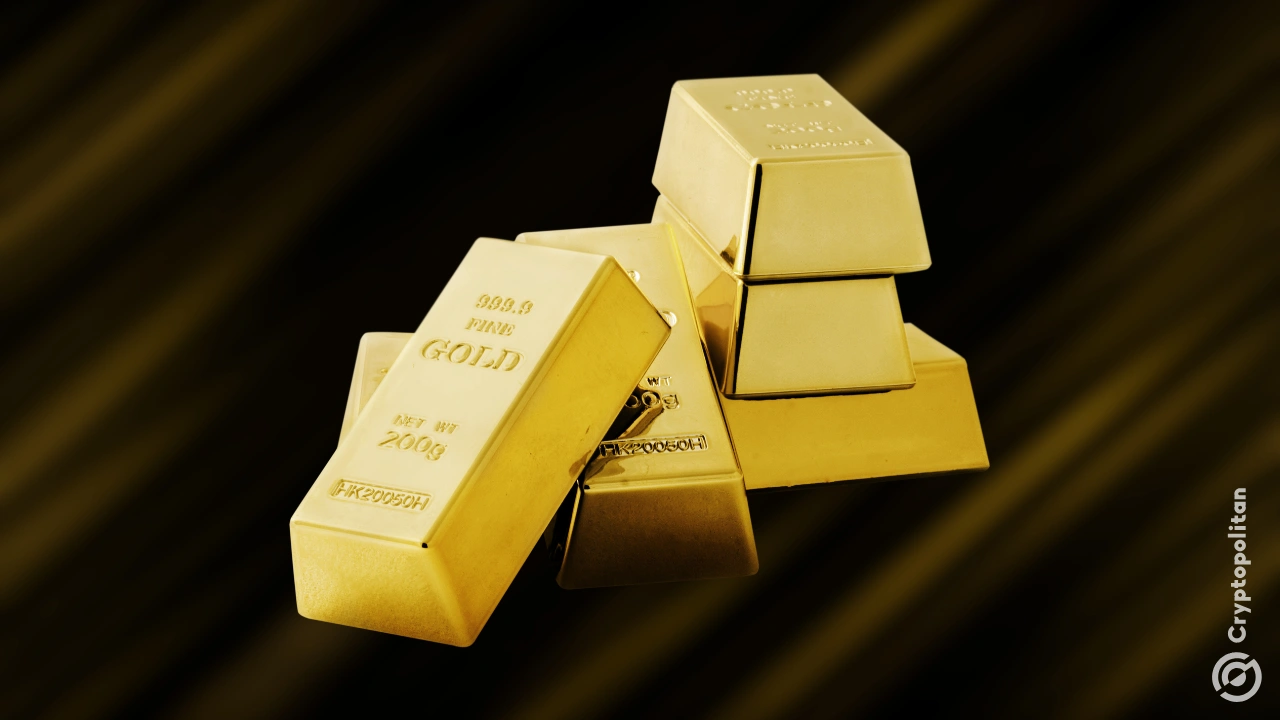Central banks across the world are piling into gold. A new World Gold Council survey released this week shows that 95% of central banks globally expect gold reserves to rise over the next 12 months, with a record 43% planning to buy more themselves within that time.
The numbers don’t stop there. 76% of central bankers surveyed believe gold will take up the largest share of global reserves within five years, replacing part of what’s now held in dollars and other fiat.
There’s no divide in sentiment—this view is shared by officials from developed economies, emerging markets, and lower-income nations alike. The same survey also showed that 73% expect a drop in US dollar holdings globally over that same period. This growing lack of confidence is shaping how institutions plan their portfolios going forward.
Banks sell off dollars while stacking gold and foreign currencies
The shift away from the greenback isn’t subtle. That 73% figure reflects expectations of a moderate or major fall in US dollar exposure within reserve portfolios by 2030. In its place, the share of euro and renminbi holdings is expected to grow. The timing of this isn’t random. The US dollar index (DX-Y.NYB) has already dropped 9% so far this year, and banks are reacting fast.
What’s driving this drop is a mix of geopolitical tensions, a trade war climate, and deep concern over US fiscal policy. There’s growing unease around the direction of America’s debt and spending, and that’s forcing central banks to look for alternatives. Many of them are turning to assets tied to Europe and Asia, where they expect new stimulus measures and better valuations.
But above all else, they are turning to gold. And they’re not slowing down. Central banks have now been buying more than 1,000 tonnes of gold annually for three years straight. That’s more than double the average of 400 to 500 tonnes per year seen between 2010 and 2020. These aren’t symbolic purchases. This is aggressive buying aimed at reshaping reserves.
Gold breaks records while investors bet on rate cuts
The buying spree has helped push gold prices to repeated all-time highs this year. On top of central bank demand, institutional investors have poured money into gold-backed ETFs, betting that a potential Federal Reserve rate cut will further push prices up. So far, that’s exactly what’s happened—gold is up 27% year to date.
But not everyone thinks this trend will last at the same pace. Citi analysts this week issued a note predicting that gold demand might slow down ahead of the 2026 election, now that Donald Trump is back in the White House.
They wrote, “We strongly believe that President Trump cares about US popularity, GDP, and geopolitical success, and thus the Trump put exists.” The analysts said Trump could pull back on certain policies or introduce new ones designed to boost the economy, which may reduce short-term demand for gold.
Even with that possibility, Citi still expects gold to rise to between $2,500 and $2,700 an ounce by the second half of 2026. The market is already positioning for it. And at the moment, the central banks are still in buy mode. Every indicator shows they’re not done.
KEY Difference Wire helps crypto brands break through and dominate headlines fast
This articles is written by : Nermeen Nabil Khear Abdelmalak
All rights reserved to : USAGOLDMIES . www.usagoldmines.com
You can Enjoy surfing our website categories and read more content in many fields you may like .
Why USAGoldMines ?
USAGoldMines is a comprehensive website offering the latest in financial, crypto, and technical news. With specialized sections for each category, it provides readers with up-to-date market insights, investment trends, and technological advancements, making it a valuable resource for investors and enthusiasts in the fast-paced financial world.
